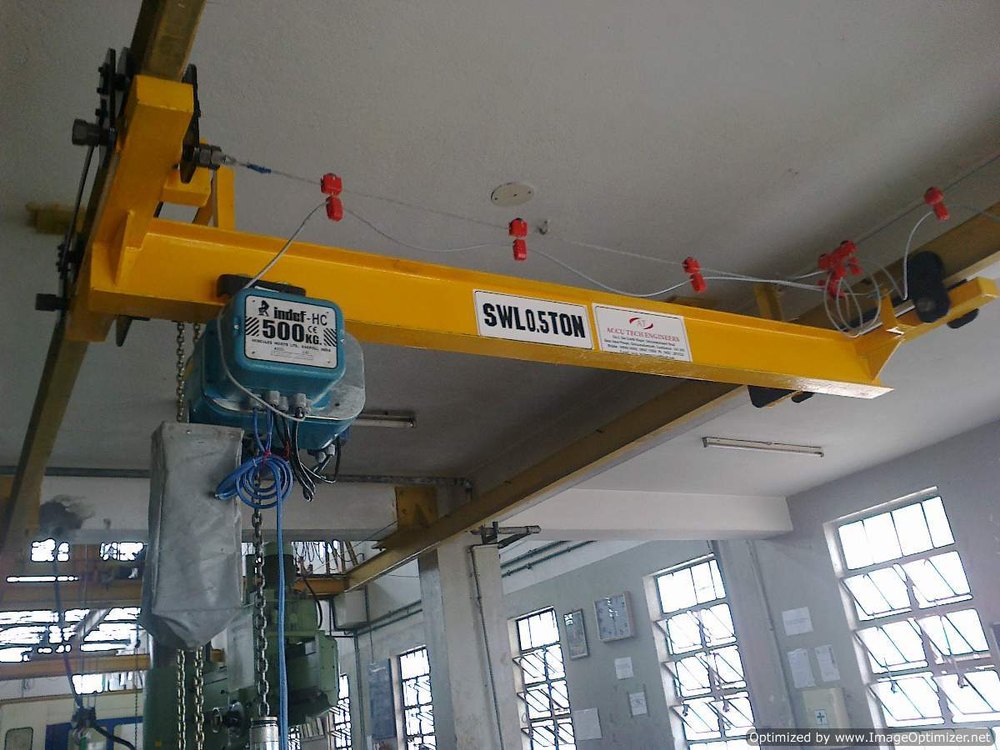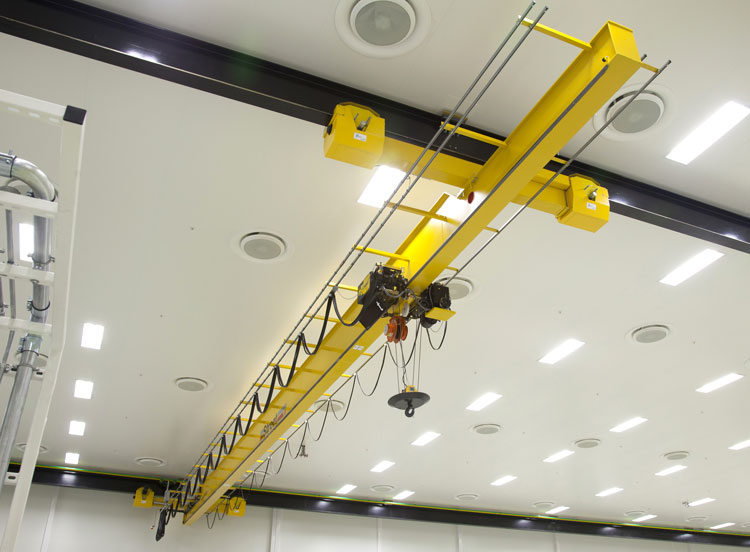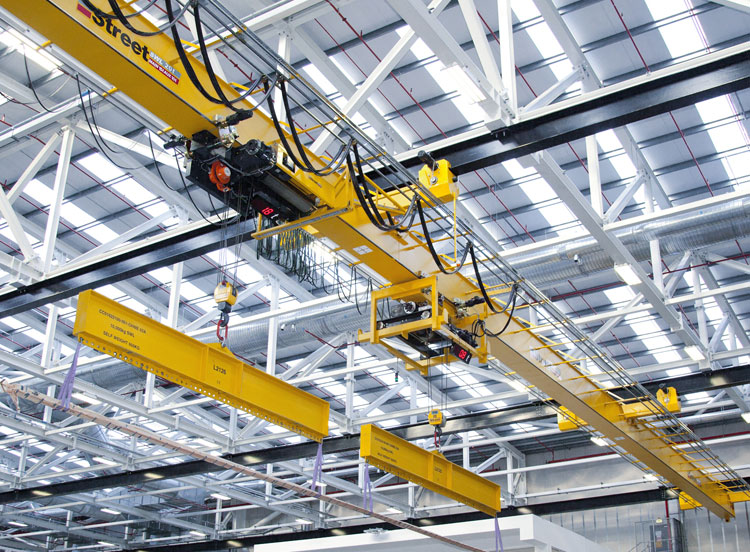About Us
An underslung crane, also known as an under-running crane, is a type of overhead crane that is supported from the roof structure rather than the floor. Unlike traditional overhead cranes that run on rails fixed to the top of runway beams, underslung cranes are suspended from the bottom flange of structural beams. This design makes them an excellent solution for facilities where headroom is limited or where floor space needs to be kept clear for other operations.


The main advantage of an underslung crane is its ability to optimize space. Since it is hung from above, it does not require large supporting structures or columns, making it perfect for small to medium workshops and factories. Additionally, underslung cranes can be installed on existing building frameworks, reducing the need for extensive structural modifications. They are highly flexible and can include single girder or double girder configurations based on the load requirements. Underslung cranes are widely used in manufacturing plants, warehouses, assembly lines, and even in cleanroom environments where minimizing ground obstructions is critical. They are known for their smooth movement, high safety standards, and efficient handling of materials. Equipped with safety features such as overload protection, limit switches, and anti-collision devices, these cranes provide reliable and safe operations in daily industrial activities.
